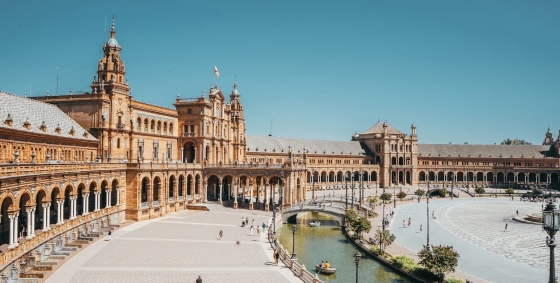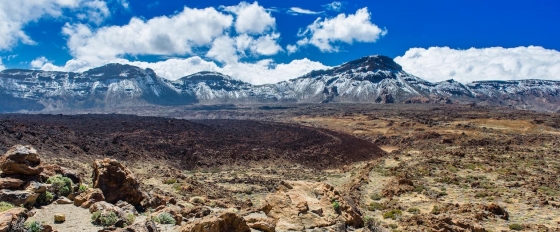Corralejo Temperatures: Monthly Averages and Year-Round Insights
On this page, we’ll explore temperature statistics for Corralejo in Canary Islands, Spain, including day and night variations and monthly averages. We’ll also compare the annual temperature to other cities in Spain.
Monthly Temperature Averages
The temperature in Corralejo changes very little across the seasons, maintaining a similar climate throughout the year. Typically, maximum daytime temperatures range from a comfortable 25°C in September to a pleasant 19°C in the coolest month, February. Nights are cooler, with temperatures generally dropping to 16°C, particularly during the colder months.
The chart below illustrates the average maximum day and minimum night temperatures in Corralejo by month:
The early hours of 4 AM to 6 AM often see the lowest temperatures, while 3 PM marks the peak of the day’s heat as the sun’s impact is strongest. September, the city’s warmest month, boasts 245 hours of sunshine.
The chart below shows the average temperature throughout the year:
February, the city’s coldest month, sees about 16 mm of rainfall spread over roughly 3 days. It records 191 hours of sunshine of sunshine.
Annual Temperatures in Spain Compared
The map below shows the annual temperature across Spain. You can also select the different months in case you are interested in a specific month.
 very warm
very warm
 warm
warm
 pleasant
pleasant
 moderate
moderate
 cold
cold
 very cold
very cold
Corralejo Temperatures Compared World Wide
Corralejo’s average annual maximum temperature is 22°C. Let’s compare this with some popular tourist destinations:
Seville, Spain, stands out with its warm Mediterranean climate and an average annual temperature of 23°C.
In Toronto, Canada, the average annual temperature is 13°C, with snowy winters and warm summers.
Boston, USA, experiences seasonal shifts similar to New York, with an average annual temperature of 16°C.
Perth, Australia, experiences a Mediterranean climate, with a pleasant average temperature of 25°C.
How does the temperature feel?
Humidity is an essential factor in how you experience temperature. When a warm period is accompanied by high humidity, it results in a higher perceived temperature. This is especially true when temperatures exceed 25°C, as it can cause greater discomfort.
In Corralejo, during the coolest month, February, you will experience 68% humidity, which is considered high. This is accompanied by an average maximum temperature of 19°C. In the warmest month, September, the humidity is 71% combined with an average maximum temperature of 25°C, which creates a high-feel temperature. Explore our detailed page on humidity levels for further details.
How are these Temperatures Measured?
Generally, temperature data depicting climate is usually given over a 30-year average in order to reduce short-term fluctuations and reveal better long-term trends in climate conditions.
This temperature data is taken from land-based thermometers, ocean buoys, ships, and satellites. These measurements are transmitted to weather stations and climate centers around the globe where they are processed, averaged, and analyzed in order to monitor the trends and create climate models.
Temperatures in the Mountains
Although not all regions have mountains, elevated areas exhibit distinct temperature variations.
- Sun Exposure: Sunlit slopes tend to be warmer, while shaded areas remain cooler.
- Altitude Effects: Temperatures drop by approximately 6°C for every 1,000 meters of elevation, creating distinct microclimates.
For more detailed information about Corralejo’s weather, including monthly rainfall, sunshine hours, and humidity levels, visit our Corralejo climate page.
Current temperature in Corralejo










